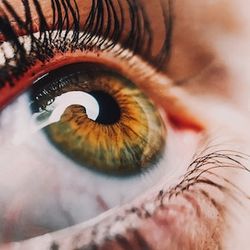Advancements in the Management of Macular Edema following Retinal Vein Occlusion - Episode 3
Diagnosing Retinal Vein Occlusion During the COVID-19 Pandemic
A brief review of how the COVID-19 pandemic has impacted the identification of retinal vein occlusion for physicians and patients.
Transcript:
Jayanth Sridhar, MD: I’m curious, we’re in 2021 now, and obviously COVID-19 is hot throughout medicine. One of our colleagues, Avni Finn, [MD,] she presented some data at the Retina Society [annual meeting], anecdotal cases people reported of retinal vein occlusion in the setting of recent COVID-19 infection. We know COVID-19 can cause vascular changes in other parts of the body, and there have been reports in retina as well. Has that been added at all to your algorithm for a younger patient with a retinal vein occlusion?
Rishi P. Singh, MD: It hasn’t Jay, and I would say to you that I’m unconvinced about the data so far. We’ve given over 100 million injections just in the United States alone. And if you like it worldwide, it’s close to a billion injections, and yet we’re not seeing huge volumetric changes in regard to retinal vein occlusion from a claims perspective or from an overall perspective of large registries. It just makes me question the idea that there’s a temporal association with some of these things, and unfortunately, they’re in patients with risk factors as well. It’s not like we’re seeing it as a separate signal on top of everything else, and the signal itself looks very minimal at best. It’s worthwhile to do those analyses of claims databases and others to gather the information. I just don’t think we have really good information on occurrences of COVID-19 cause-related, inflammatory-related issues as the cause of vein occlusion, ultimately.
Thank you all for watching this HCPLive® Peers & Perspectives. If you enjoyed this content, please subscribe to our e-newsletter to receive upcoming Peers & Perspectives and other great content right in your inbox. Thank you for watching.
Transcript edited for clarity.



